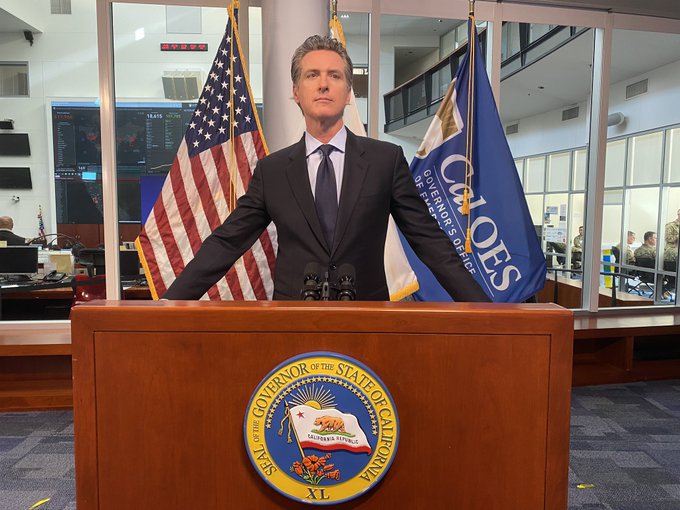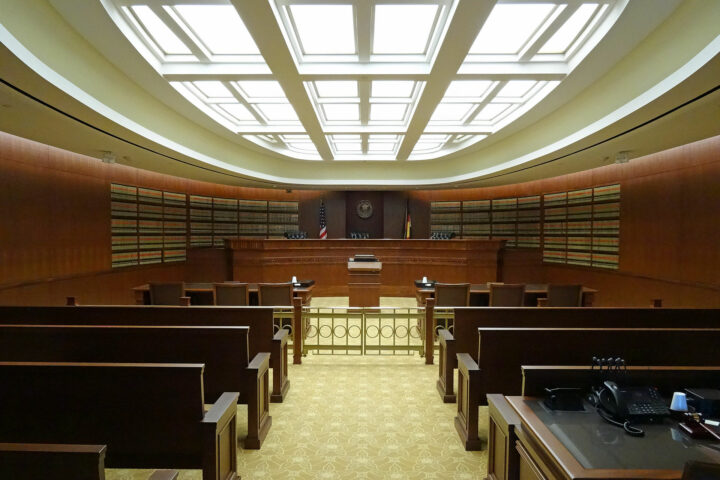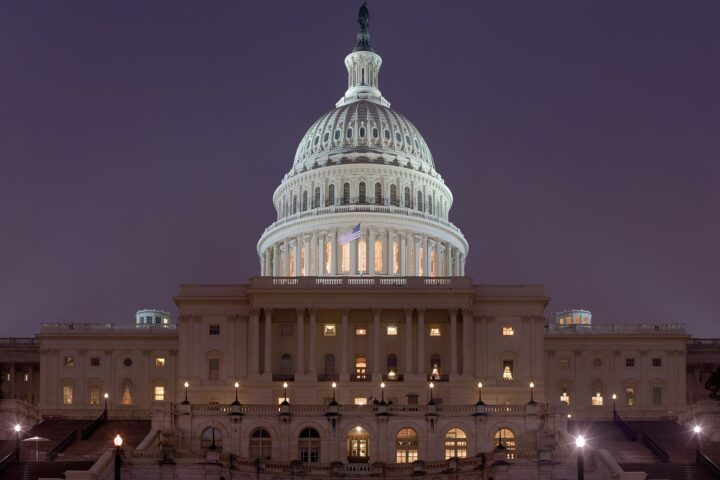In a dramatic shift in state policy, Governor Gavin Newsom reportedly signed a pair of bills late Monday rolling back key elements of the California Environmental Quality Act (CEQA), a 55-year-old statute long regarded as one of the nation’s most stringent environmental review laws.
The move aims to unclog a persistent bottleneck in urban housing construction and reflects growing frustration among lawmakers facing the state’s deepening housing and homelessness crises.
The reforms, tucked into the state’s $320 billion budget, exempt dense housing infill projects — as well as certain childcare centers, health clinics, food banks, and high-tech manufacturing sites — from comprehensive environmental analysis.
Proponents argue the legislation will dramatically accelerate construction timelines by sidestepping years of litigation and delays that frequently stall development. Critics, however, contend it severely weakens public input and environmental protection.
“Today’s bill is a game changer,” Mr. Newsom declared at a press conference, emphasizing the state’s faltering reputation and the urgent need to ensure government “can actually solve pressing problems.” He had threatened to veto the broader budget unless the CEQA reforms were approved, underscoring the urgency of legislative action.
Supporters, including housing advocates and urban planners, paint the shift as the first major breakthrough in decades. “Saying ‘no’ to housing will no longer be state-sanctioned,” said Assemblymember Buffy Wicks, D–Oakland, who championed one of the exemption bills.
They cite CEQA-related lawsuits that delayed roughly 48,000 housing units in 2020 alone and argue that delays have inflated housing costs and worsened affordability shortfalls.
Yet environmentalists and some labor groups are decrying the changes.
Dozens of organizations warned lawmakers that the rollback could set dangerous precedents and erode hard-earned protections around air quality, traffic impacts, and habitat preservation.
Many fear that the streamlined pathway could favor private development over public interest.
Among the most closely watched impacts will be whether the policy delivers on its promise.
Despite the deregulatory momentum, California still faces steep headwinds: high interest rates, skyrocketing labor costs, and a scarcity of skilled construction workers remain formidable obstacles to new housing construction.
For now, the reform represents a symbolic and practical realignment of priorities — signaling a willingness to balance environmental oversight with an aggressive strategy to address a housing deficit of roughly 3.5 million units.
Observers will be watching whether urban centers like Los Angeles and the Bay Area see tangible progress or whether broader economic forces continue to stall momentum.
Governors and legislators across the country are monitoring California’s experiment closely.
If successful, it may offer a model for reconciling environmental safeguards with the urgent need for more housing. But in a state defined by fierce local control and civic engagement, the outcome remains far from assured.
[READ MORE: Trump Heads To Iowa For American Celebration]








